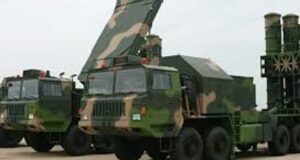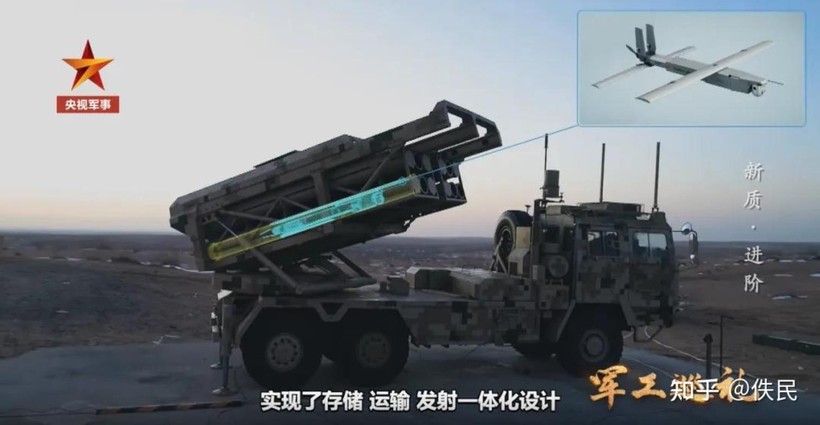Recent crises in the Middle East have exposed an unsettling truth: countries that purchase American weapons systems do not fully control their own defense.
Behind the sophistication of Patriot radars and missiles lies a technological dependency that endangers the sovereignty of many states.
When Washington Turns Off Its Allies’ Radars
During the Iran–Israel conflict in June 2025, several Gulf states saw their American-made air defense radars suddenly shut down just as Israeli strikes hit Iran.
According to multiple regional military sources, this interruption was allegedly caused by software “backdoors” embedded in U.S.-exported systems, allowing remote control of the equipment.
Long speculated but never proven, these suspicions were confirmed when radars in several Gulf monarchies stopped functioning simultaneously as Israeli F-35s entered Iranian airspace.
Experts see this as a clear message: Washington keeps its hand on the trigger, even when selling weapons to its partners.
The Patriot: A Crumbling Myth
The Patriot missile defense system—the emblem of American military technology—is showing alarming limits.
On September 9, 2025, Qatari batteries failed to detect or intercept Israeli missiles targeting Hamas officials.
Days later, Poland, equipped with the same system under the WISŁA program, was unable to intercept a swarm of drones violating its airspace.
The failures don’t stop there.
During the Iranian attack on June 23, 2025, against the U.S. Al-Udeid base in Qatar, a Fateh-313 ballistic missile struck its target despite the presence of several Patriot batteries.
The Pentagon eventually acknowledged the direct hit—an indirect confirmation of the system’s partial ineffectiveness.
Each interception costs around $4 million—an exorbitant price for questionable reliability.
Back in 2017, after a Yemeni rebel attack on Riyadh, the supposed interceptions were later proven false through satellite analysis conducted by Jeffrey Lewis and his team at the Middlebury Institute.
The Ukrainian Test: The End of the Illusion
In Ukraine, the Patriot’s weaknesses became undeniable.
Russian Iskander-M missiles, capable of terminal maneuvering, routinely bypassed radars and destroyed several batteries.
In May 2025, Ukrainian Air Force spokesman Yuriy Ignat admitted that the American systems were unable to intercept Iskanders due to their unpredictable flight paths and decoy flares.
With intensive use across the Middle East and Eastern Europe, U.S. interceptor missile stocks have fallen to 25% of the required level, according to the Pentagon.
This shortage weakens the entire Western defense apparatus in Europe, the Middle East, and the Pacific.
Israel’s Privileged Access to Gulf Radars
Another revelation: Israel allegedly enjoys indirect access to data from American radars installed in Gulf countries.
Thanks to its EL/M-2080 Green Pine radar deployed in Azerbaijan, Tel Aviv reportedly obtains information on Iranian flights, further strengthening its strategic advantage.
This unofficial data sharing raises a fundamental question: are America’s allies still masters of their own skies?
The F-35: Technological Jewel or Costly Trap?
The F-35 Lightning II, a fifth-generation fighter jet, illustrates the same pattern of dependency.
Despite costing over $100 million per unit, crashes keep occurring.
In July 2025, an F-35 crashed in California during a training flight—one more in a long list (Japan, the United Kingdom, etc.).
American engineers acknowledge recurring engine failures and flight control problems.
Yet more than 890 F-35s have been built and 1,870 pilots trained—experts who know the system’s flaws but are bound to silence.
A Worrying Strategic Dependence
These incidents reveal a broader problem: purchasing countries are becoming dependent not only on U.S. spare parts but also on American software infrastructure.
In a crisis, Washington retains both the technical and political ability to intervene in the systems it exports.
Technological sovereignty—often seen as an abstract concept—has become a concrete matter of national security.
Sources
- Middlebury Institute of International Studies, Jeffrey Lewis, “Missile Defense Failures,” 2017.
- Pentagon Press Briefing, Sean Parnell, June 24, 2025.
- Ukrainian Air Force Press Statement, May 26, 2025.
- Satellite imagery by Planet Labs, July 2025.
- Lockheed Martin Production Data, August 2025.
 MENADEFENSE All about defense from Marrakech to Bengladesh
MENADEFENSE All about defense from Marrakech to Bengladesh




















Commentaires Recents